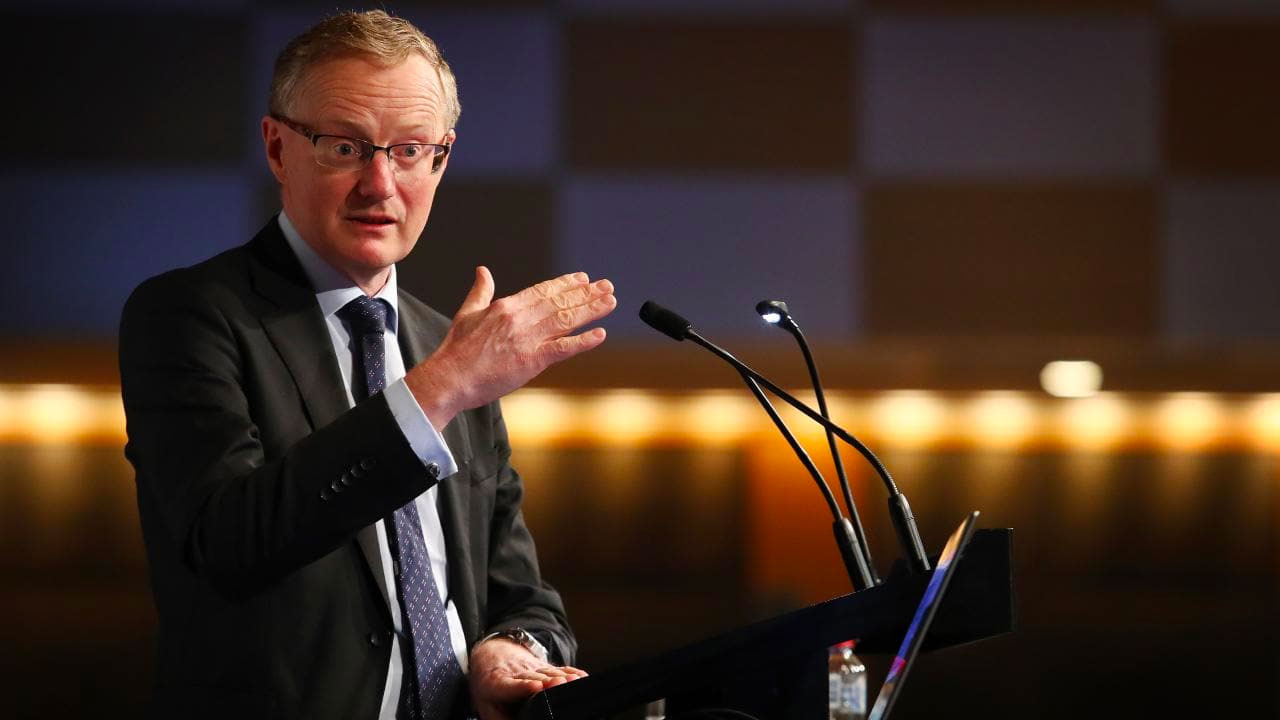House Price Falls Won’t Derail Economy: RBA
After five uninterrupted years of rampant growth RBA governor Philip Lowe has downplayed the impact of house price declines on the broader economy, declaring that the adjustment is “manageable”.
Speaking at the Australian Financial Review's annual business summit last week, RBA governor Philip Lowe said property price falls of the scale seen in Sydney and Melbourne over the past year to 18 months have been seen before.
Lowe said that although the current 9 per cent decline in house prices across the country was unusual, it was not unprecedented, pointing to similar falls in 2010, 2008 and two other occasions in the 1980s.
“The origins of the current correction in prices do not lie in interest rates and unemployment,” Lowe said.
“Rather, they largely lie in the inflexibility of the supply side of the housing market in response to large shifts in population growth.”
Related: What to Expect from the Property Market in 2019: Experts Weigh In

In a slowing economic landscape, Lowe's message on the property market remains resolute, suggesting that “the housing wealth affect is limited”, and argued that falling housing prices shouldn't threaten the broader economy.
“Taking these various considerations into account, the adjustment in our housing market is manageable for the overall economy and is unlikely to derail our economic expansion,” Lowe said.
“It will also have some positive side-effects by making housing more affordable for many people.”
Lowe acknowledged the RBA's cuts in interest rates to record lows were part of house price growth, but he said the main underlying cause was the slow speed at which more homes were built in response to population growth.
In regards to housing credit, Lowe described the slowing in credit growth as largely a “demand story”, as lenders continue to find a balance and recalibrate their risk controls.
“Now, as lenders continue to seek the right balance, we need to remember that it is important that banks are prepared to take credit risk,” Lowe said.
“And it's important that they have the capacity to manage that risk well. If they can't do this, then the economy will suffer.”
Impacts to the macroeconomy
Research by the Reserve Bank into the impact of housing prices on consumer consumption referred to by Lowe revealed a 10 per cent increase in net housing wealth lifted consumption by 0.75 per cent in the short term and 1.5 per cent over the longer term.
The biggest impact from increasing household wealth is on motor vehicles and household furnishings – people buying more cars and furniture.
“Over recent years, spending by households has risen at a faster rate than household income; in other words, the saving rate has declined,” Lowe said.
“The results that I just spoke about suggest that rising housing wealth played a role here. If so, falling housing prices and a decline in measured household wealth could have the opposite effect.”
Lowe explained that house prices are not as important for consumption as household income, which is the “value of their human capital”.
“My conclusion here is that wealth effects are influencing consumption decisions, but they are working mainly through expectations of future income growth.”
Demographic drought
Lowe said investors, both domestic and foreign, had a part to play in fuelling rising house prices.
At the peak of the boom, approvals to investors in NSW accounted for half of approvals nationwide.
“In the middle years of this decade, there was a surge in foreign investment in residential property, particularly from China,” he said.
“More recently, this source of demand has waned, partly as a result of the increased difficulty of moving money out of China as the authorities manage capital flows.”
This shift in foreign investor demand coincided with a change in sentiment from investors at home too, he said.
Employment growth could be key
Lowe said a central focus was on the jobs market, with strong employment growth a “central ingredient” in an expected lift in inflation.
He said recent figures had been encouraging, with jobs growth strong and hiring intentions remaining positive.
The latest numbers out of the wage price index also confirmed a welcome, but gradual, pick-up in wage growth, especially in the private sector.
“Other indicators of the economy, though, paint a softer picture. We will receive another reading on GDP growth later this morning, but growth in the second half of 2018 was clearly less than in the first half,” Lowe said.
“This is similar to the picture internationally.”
“In a number of countries, including our own, there is growing tension between strong labour market data and softer GDP data.”
“We are devoting significant resources to understanding this tension.”
Lowe reassured attendants stating that the board would continue to assess the shifts in the global economy, trends in household spending and how the tension between the labour market and output indicators resolves itself.
“We have the flexibility to adjust monetary policy in either direction as required.”














